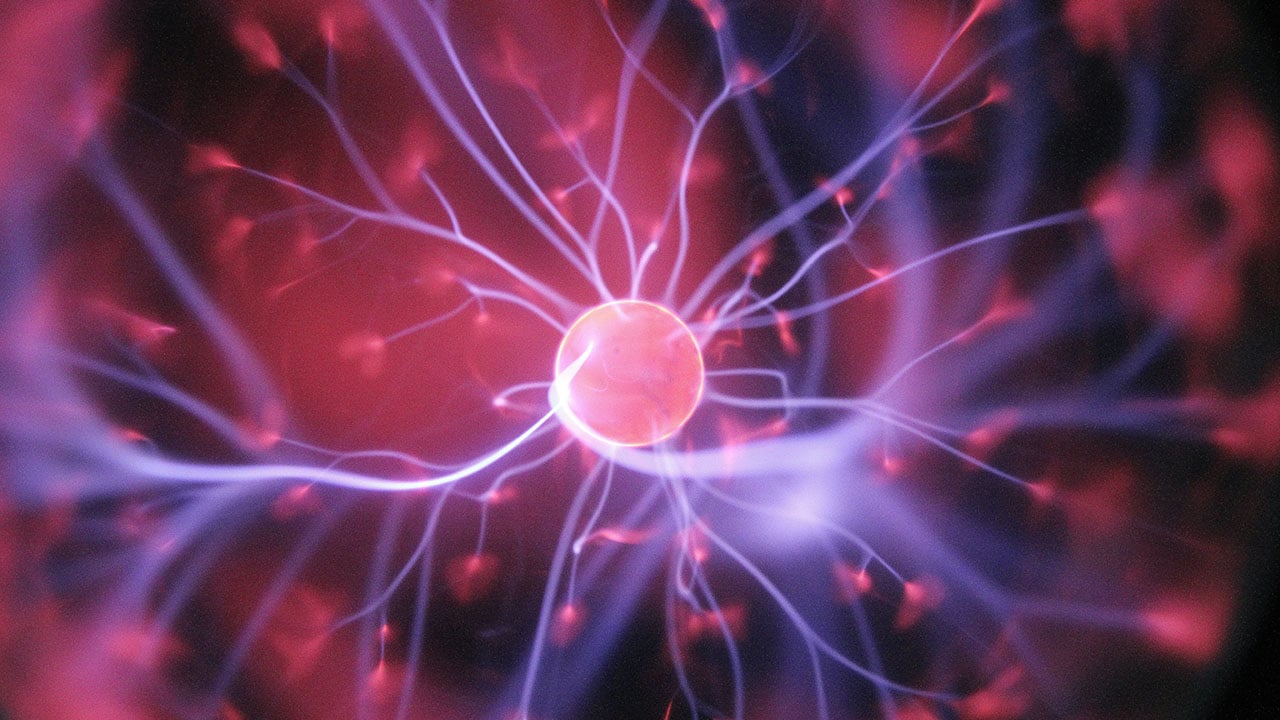
Google And Harvard Experts Use AI To Create Groundbreaking Brain Images
Harvard neuroscientists and Google researchers worked together using artificial intelligence to create interactive 3D mappings of a small portion of the human brain—the size of half a grain of rice—and published never-before-seen images for the scientific community and the general public.
The research and the images were shared in a paper in Science on May 9 and have already helped scientists better understand brain structures. For example, one discovery is something called “axon whorls,” a cell structure that’s purpose is still unknown. The results are being analyzed and could be used by future researchers to understand the current mysteries of the brain.
According to the MIT Technology Review, the images created now represent “the highest-resolution picture of the human brain ever created.” The interactive mappings, data, and findings are available for free on the Neuroglancer platform.
The tiny portion of brain tissue—collected from a woman with epilepsy during surgery—contains around 57,000 cells, 150 million synapses, 230 millimeters of blood vessels, and represents 1.4 petabytes of data.
To use all the information possible, the scientists cut the 3 mm-long piece of the healthy brain into 5,000 slices, scanned them with an electron microscope, and created digital images. Later, Google’s machine-learning experts virtually linked the images to create interactive 3D views.
According to The Guardian, Jeff Lichtman, a professor of molecular and cellular biology at Harvard and part of the research team, explained that “the reason we haven’t done it before is that it is damn challenging. It really was enormously hard to do this.”
Scientists expect to continue working with Google in the future to reconstruct similar digital maps of a mouse brain since reconstructing an entire human brain would be extremely difficult. According to Google, the new findings and future research could help experts understand diseases like Alzheimer’s and neurological disorders like autism or better understand how memories are created in our brains.

 Previous Story
Previous Story

 Latest articles
Latest articles 

Leave a Comment
Cancel